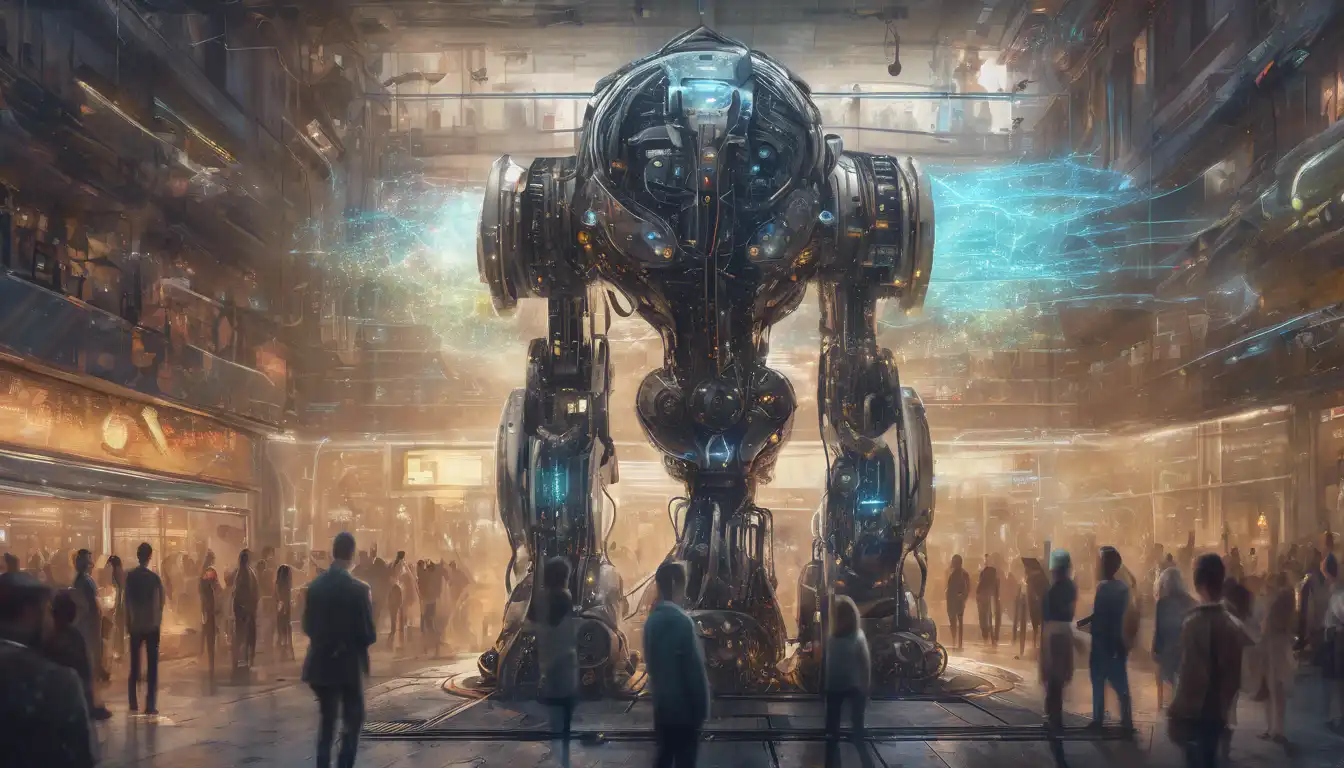Introduction to Machine Learning in Recommendations
Machine learning has revolutionized the way we interact with digital platforms, especially in the realm of personalized recommendations. From streaming services to e-commerce, machine learning algorithms are at the heart of suggesting what to watch, buy, or read next. This article delves into how machine learning powers these recommendations, making them more accurate and personalized than ever before.
Understanding Recommendation Systems
Recommendation systems are a subset of information filtering systems that seek to predict the 'rating' or 'preference' a user would give to an item. These systems are pivotal in enhancing user experience by providing tailored suggestions. There are primarily two types of recommendation systems: content-based and collaborative filtering. Machine learning enhances both by analyzing vast datasets to identify patterns and preferences.
Content-Based Filtering
Content-based filtering recommends items similar to those a user has liked in the past. Machine learning algorithms analyze item features and user preferences to make these suggestions. For example, if a user frequently watches sci-fi movies, the system will recommend other movies in the same genre.
Collaborative Filtering
Collaborative filtering, on the other hand, makes recommendations based on the preferences of similar users. Machine learning algorithms identify user clusters with similar tastes and suggest items liked by others in the same cluster. This method is widely used by platforms like Netflix and Amazon.
The Power of Machine Learning in Recommendations
Machine learning algorithms can process and analyze data at an unprecedented scale, enabling recommendation systems to become more sophisticated. Techniques such as deep learning and neural networks allow for the analysis of unstructured data, such as images and text, further refining the recommendation process.
Personalization at Scale
One of the key advantages of machine learning in recommendation systems is the ability to personalize content for millions of users simultaneously. Algorithms continuously learn from user interactions, ensuring that recommendations become more accurate over time.
Overcoming the Cold Start Problem
Machine learning also helps in addressing the 'cold start' problem, where the system has little to no information about a new user or item. By leveraging demographic information and initial interactions, algorithms can make educated guesses to provide relevant recommendations from the outset.
Future Trends in Machine Learning for Recommendations
The future of recommendation systems lies in the integration of more advanced machine learning techniques, such as reinforcement learning and generative adversarial networks (GANs). These technologies promise to make recommendations even more personalized and context-aware, further enhancing user engagement and satisfaction.
As machine learning continues to evolve, so too will the capabilities of recommendation systems. The potential for creating highly personalized and dynamic user experiences is immense, paving the way for a new era of digital interaction.
For more insights into the latest trends in technology, check out our technology trends section.
